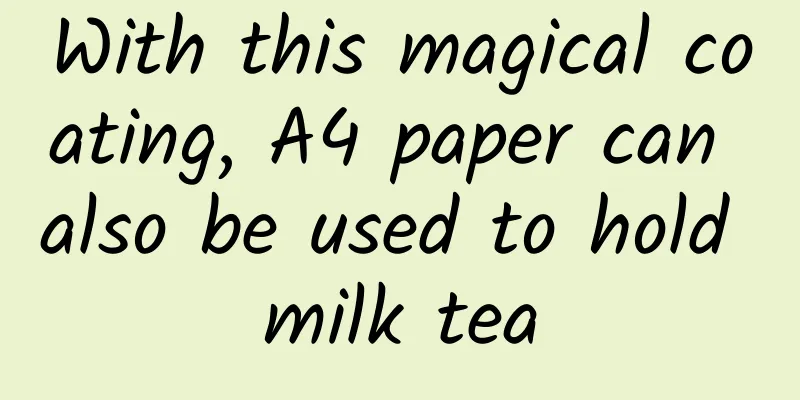The efficacy and function of bitter mustard

|
Traditional Chinese medicine requires the use of traditional Chinese medicine when treating diseases, and bitter mustard, as a kind of traditional Chinese medicine, is also frequently used. So, let’s talk about the effects and functions of bitter mustard. [Alias] Green vegetables, bitter vegetables, purple bitter vegetables. [Source] Medicinal material source: basal leaves and seeds of the cruciferous plant bitter mustard. [Original form] Bitter mustard is an annual or biennial herb with a plant height of 30-100cm. The taproot is thick, conical, and has many fibrous roots. The stem is erect, much branched, glabrous or with fine bristles at the base. There are many basal leaves, which are broadly obovate, 35-60cm long and 18-25cm wide, with rounded apex, cuneate base and gradually narrowing into a petiole, with teeth of varying sizes and double serrations on the edge, and the midrib is flat and wide; the petiole is fleshy and has small lobes; the leaves in the middle of the stem are oblong or oblong-lanceolate and sessile; the leaves in the upper part of the stem are broadly linear, sessile or with short petioles, and the leaves are all powdery. The raceme is terminal, with many flowers; 4 serrated petals, membranous at the edges, and the outer 2 slightly saccular at the base; 4 petals, bright yellow, obovate, veined, 8-10mm long, clawed at the base; 6 stamens, 4 long and 2 short, the long stamens 7-7.5mm long, the short stamens 6-6.5mm long; 1 pistil, ovary cylindrical, stigma capitate. Siliques are cylindrical, 3-4 cm long, with a beak at the tip. Seeds spherical. The flowering period is March-April, and the fruiting period is May-June. [Habitat distribution] Ecological environment: It likes to grow in well-drained, fertile, loose and sunny land. [Chemical composition] Tender stems and leaves contain protein, fat, carbohydrates, crude fiber; calcium, phosphorus, iron; carotene, riboflavin, niacin, and vitamin C. It also contains allyl isothiocyanate. 【Nature and flavor】 Bitter; Cold 【Meridian】 spleen; stomach; bladder meridian 【Functions and indications】 Clears heat and cools blood; promotes diuresis and eliminates accumulation. Indications: high fever; difficulty urinating; stagnation of internal organs; abdominal distension and pain [Usage and Dosage] For oral administration: Leaves, boiled or mashed into juice for drinking; seeds, decocted into water for 3-10g. 【Note】 "Southern Yunnan Materia Medica": "Do not take too much." 【Excerpt】 Chinese Materia Medica Therefore, through the detailed introduction of the traditional Chinese medicine bitter mustard in the above article, it is not difficult to find that bitter mustard has many effects and functions, and its effect in health care is still very good. |
<<: The efficacy and function of Gesneria
>>: The efficacy and function of sunflower thistle
Recommend
What is the purpose of the paper under the cold meat? Will there be any harmful substances left?
When shopping at the fresh produce counter in a s...
The efficacy and function of Coptis chinensis
In modern life, everyone is very familiar with va...
Is the Chinese medicine Polygala tenuifolia poisonous?
We all know that Zhiyuan is the most common Chine...
What are the effects of pine pollen on the human body
When it comes to pine pollen, many people may kno...
Tianqi Danggui Decoction improves blood stasis constitution
With the continuous improvement of living standar...
These 5 "treasure vegetables" in the sea are rich in bioactive substances! It is strongly recommended to eat more
Cold kelp shreds, seaweed egg drop soup, seaweed ...
The efficacy and function of yellow loquat pulp
The environment is now seriously deteriorating an...
Can I still eat Ganoderma lucidum spore powder if it is expired?
Ganoderma lucidum spore powder is a kind of healt...
Can avocados reduce belly fat? 150 overweight people tell you the answer
The surface is bumpy and it is neither sweet nor ...
The efficacy and function of Rubus rubus
There are so many medicinal herbs in the world, a...
The efficacy and function of cabbage
Do you know cabbage? It is a common Chinese medic...
The efficacy and function of Ardisia undulata
Many people know that Ardisia undulata has unique...
Is Chinese medicine effective in treating colitis?
Many people should have heard of colitis. If coli...
The efficacy and function of sheep bones
The world is full of wonders, and Chinese medicin...
It’s fun to play with your phone while lying down. I loved it before I became blind.
Science and technology are the languages we use...









